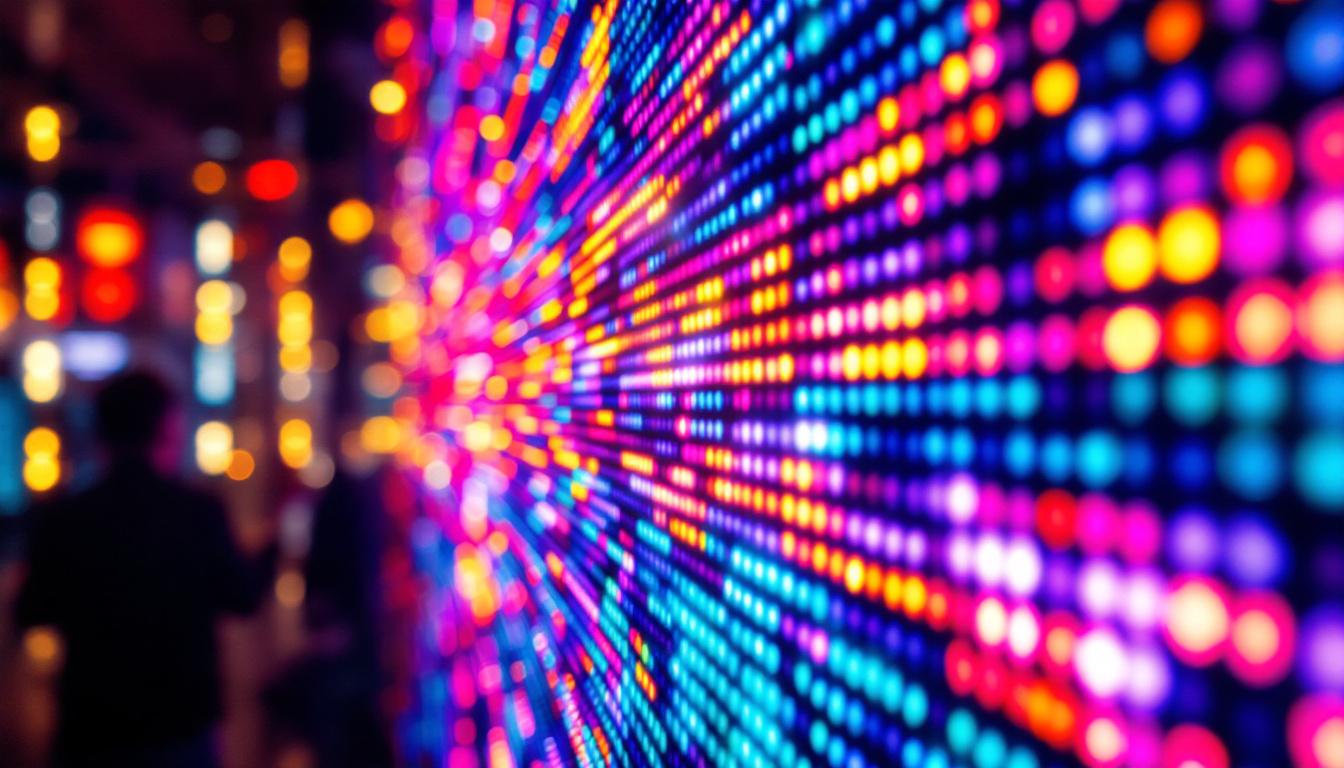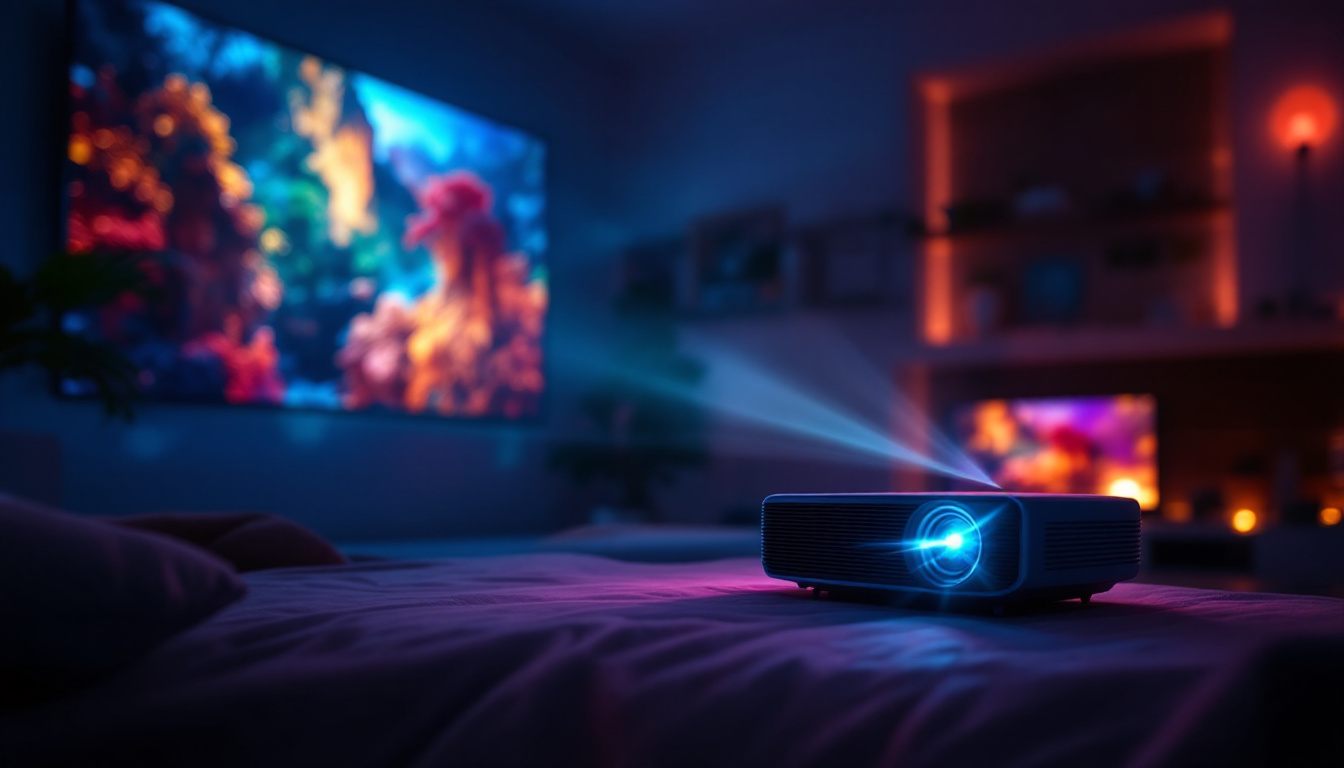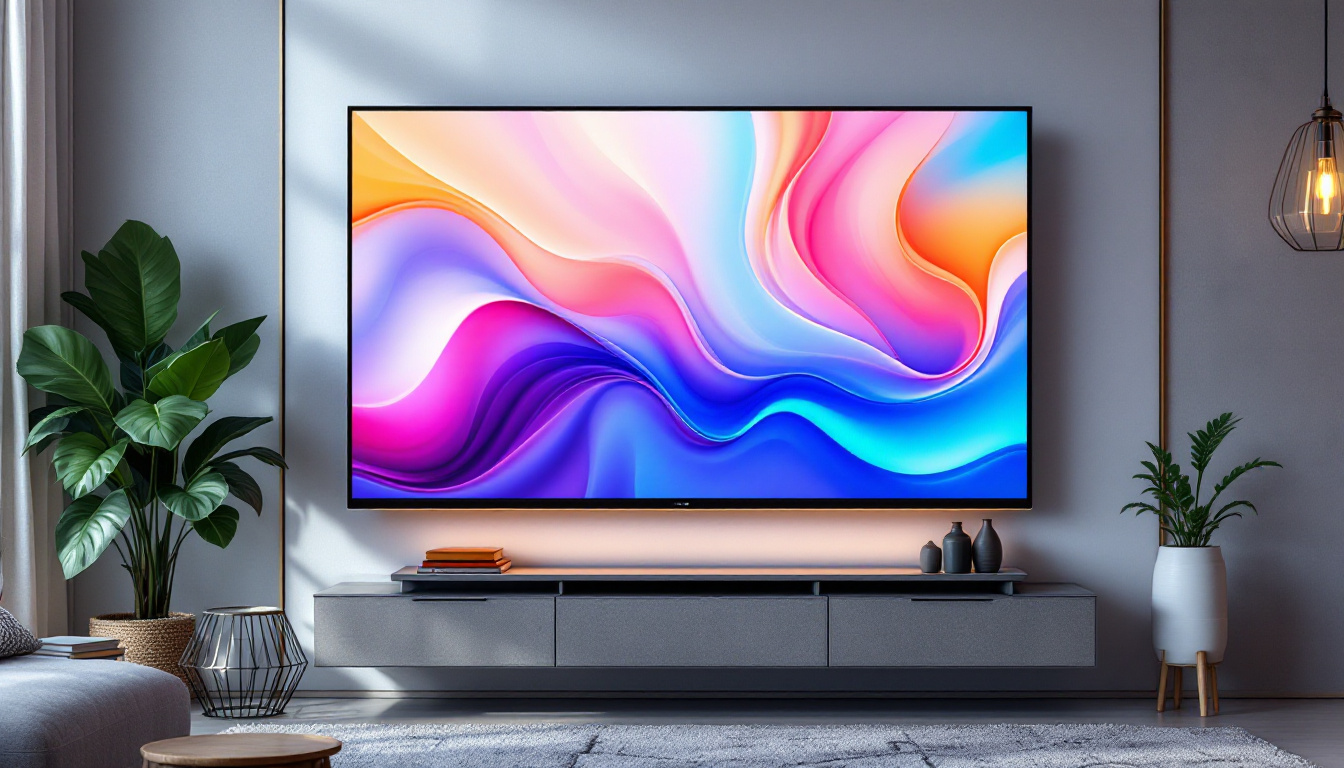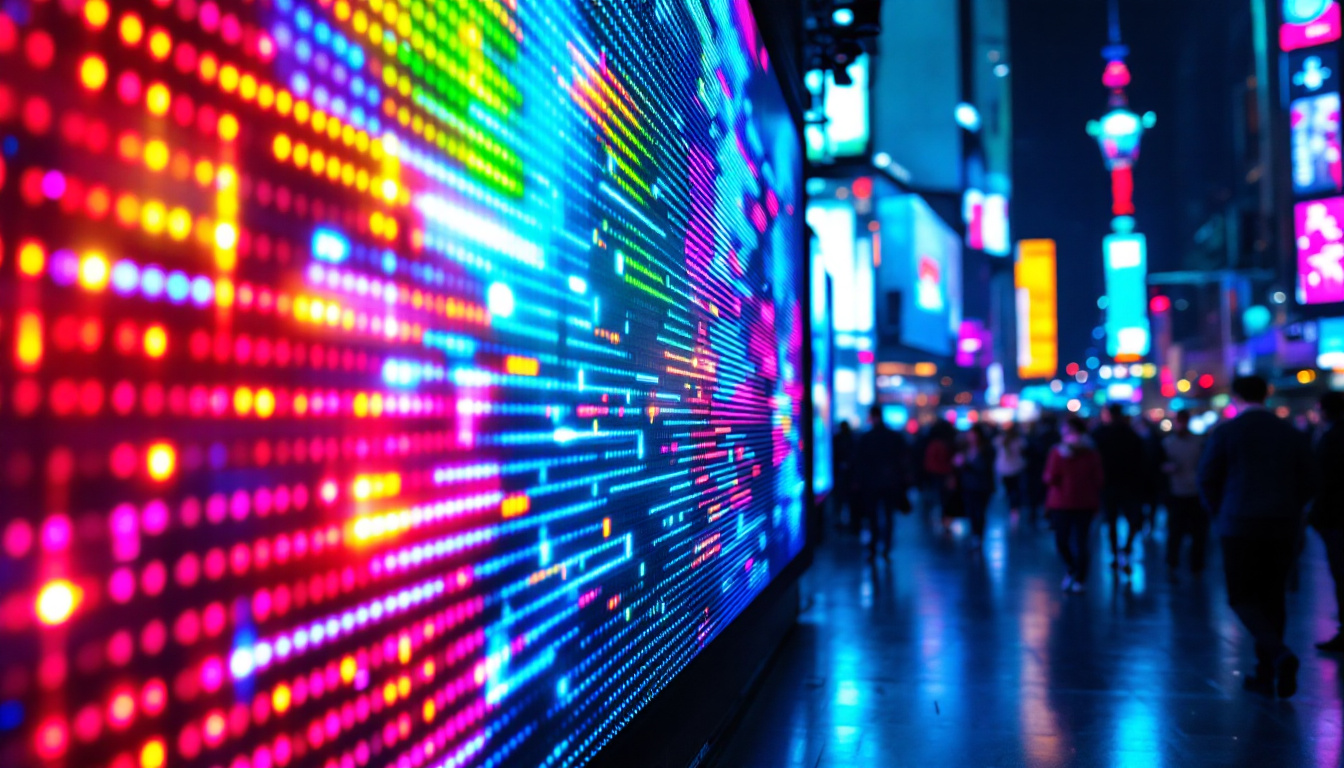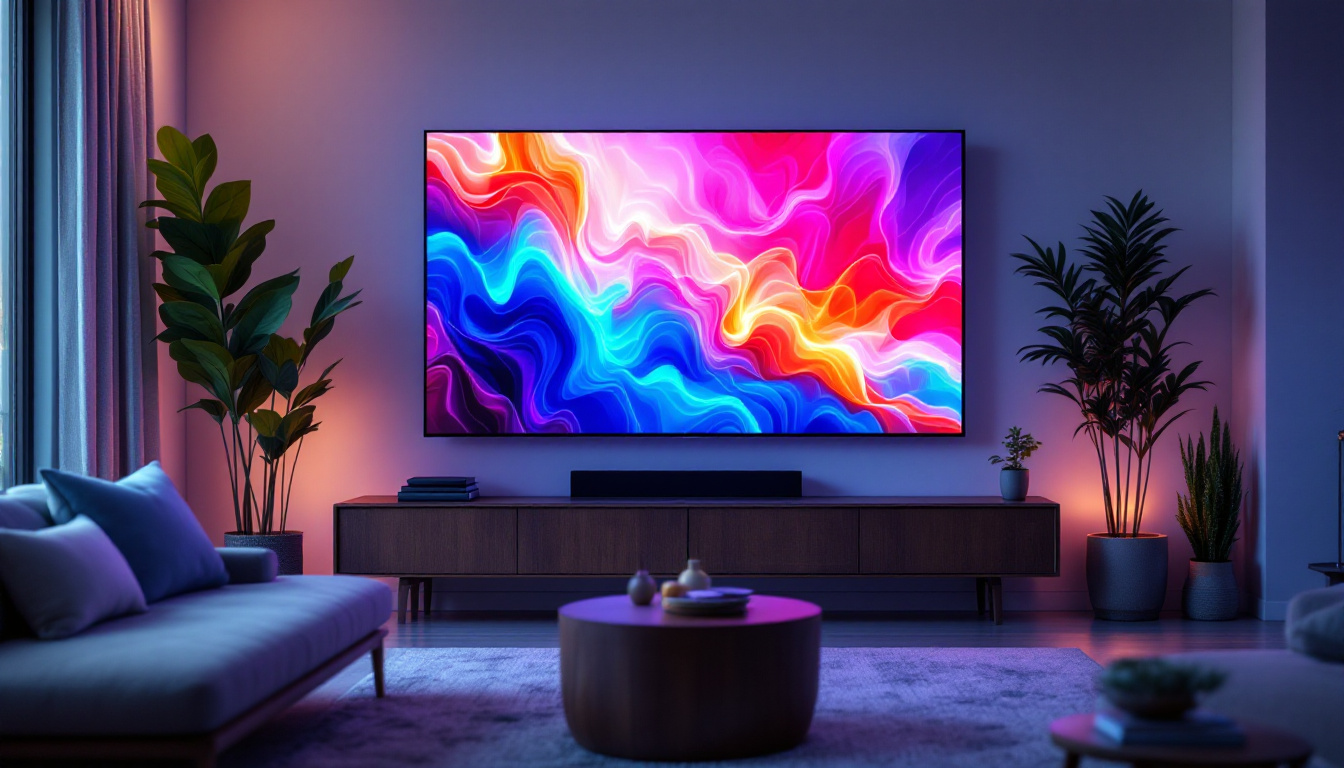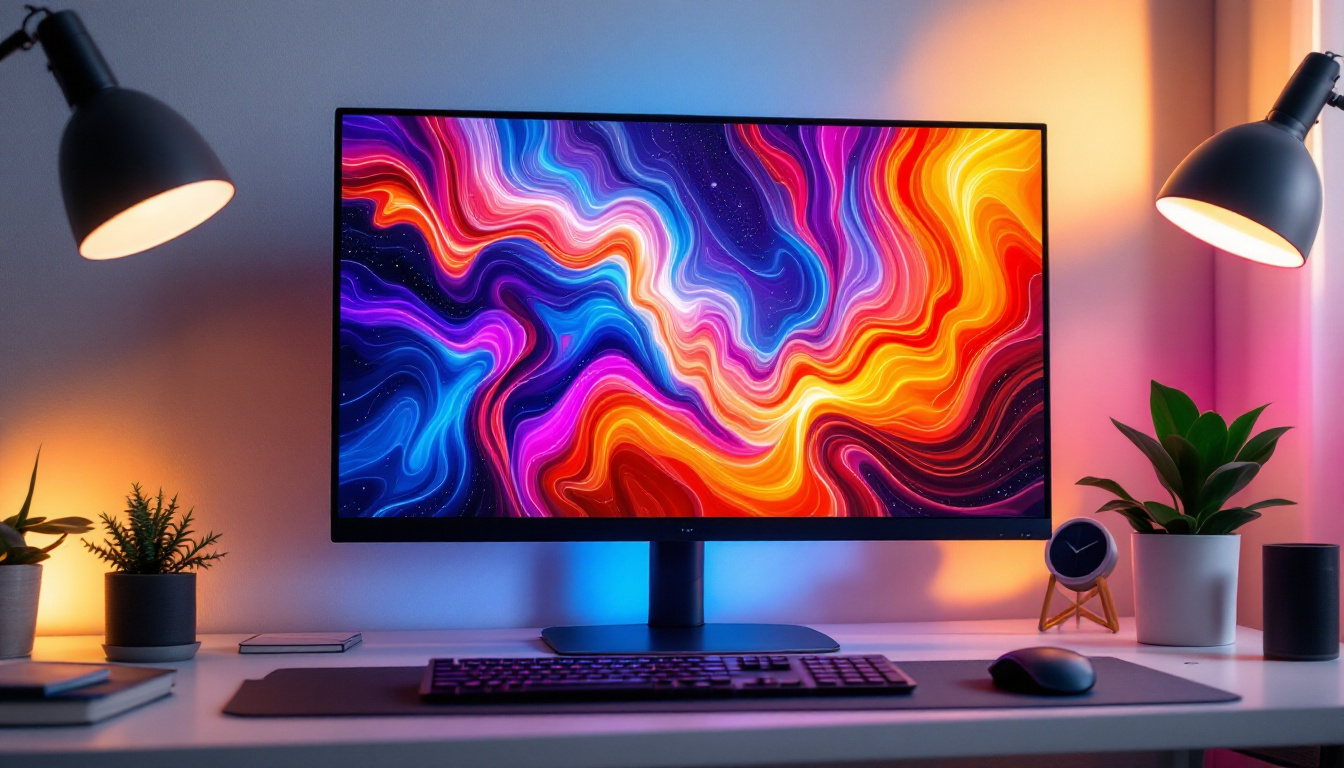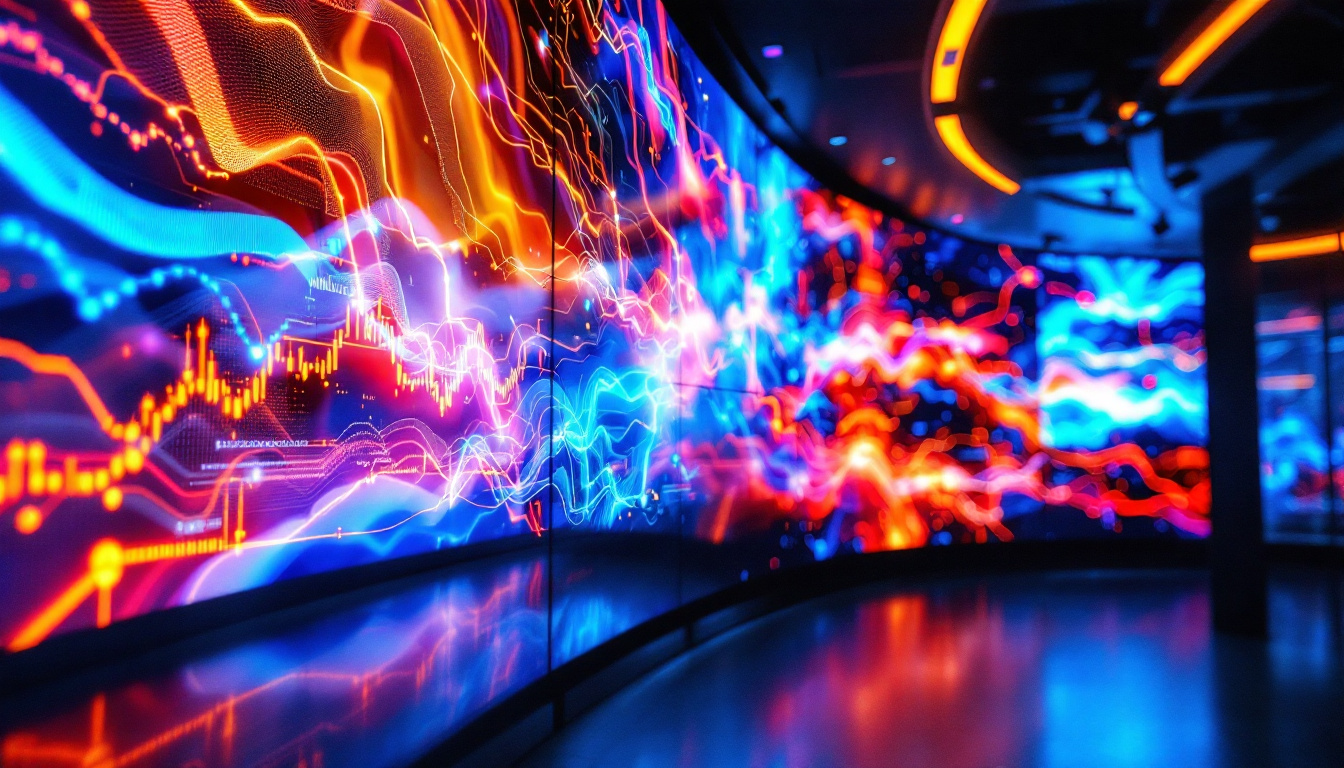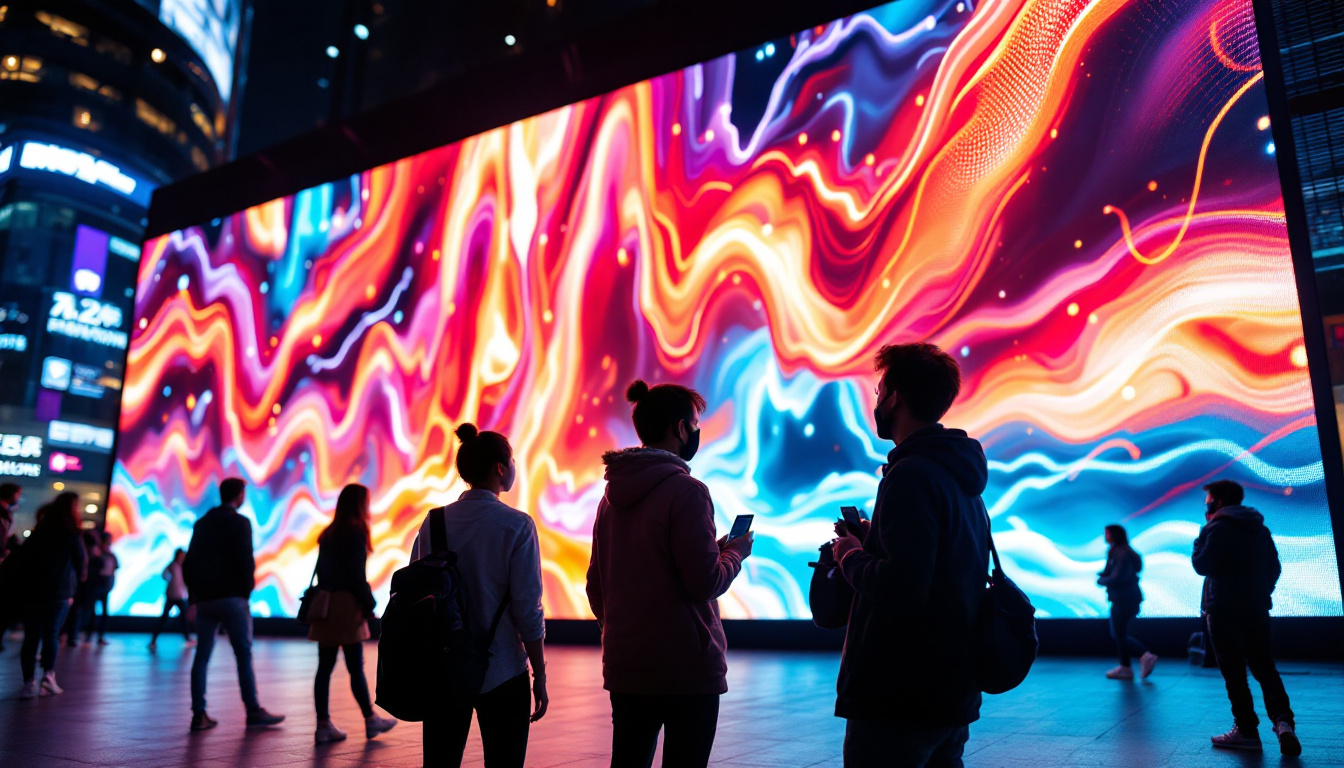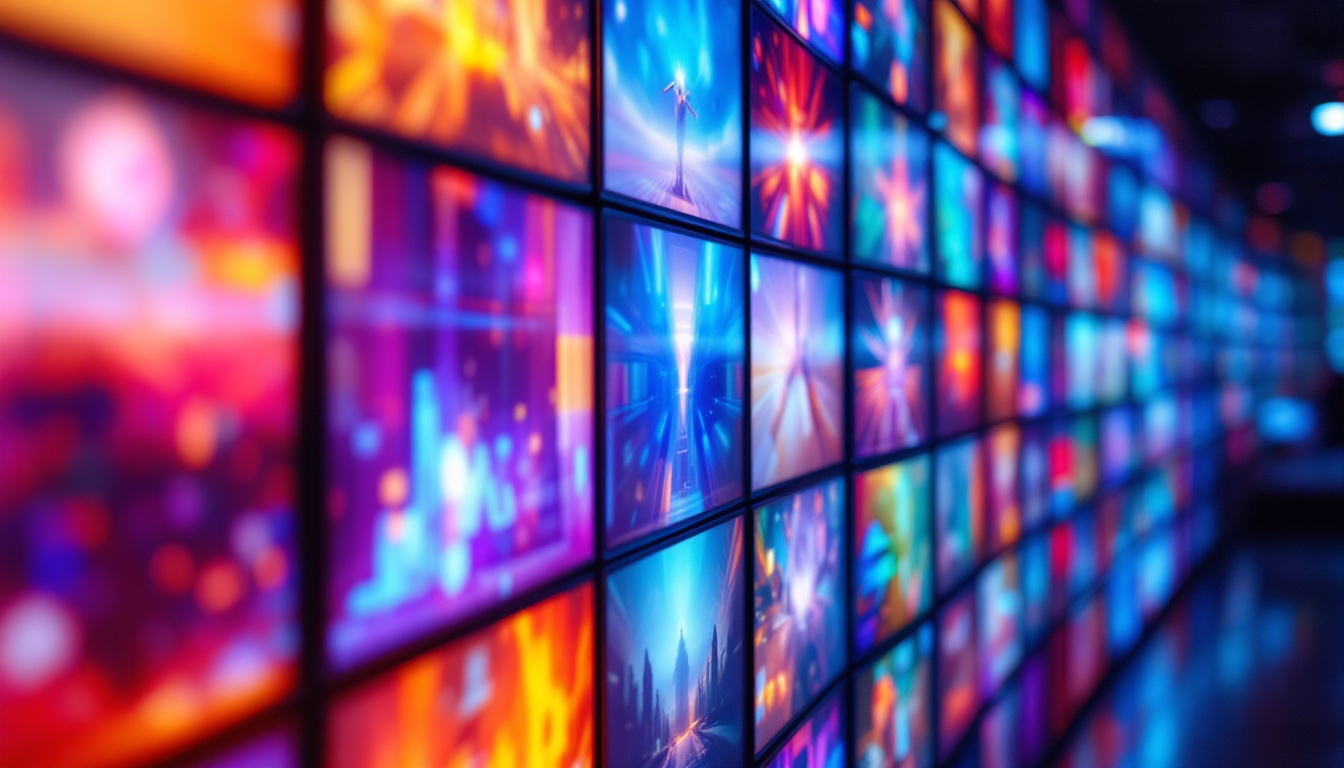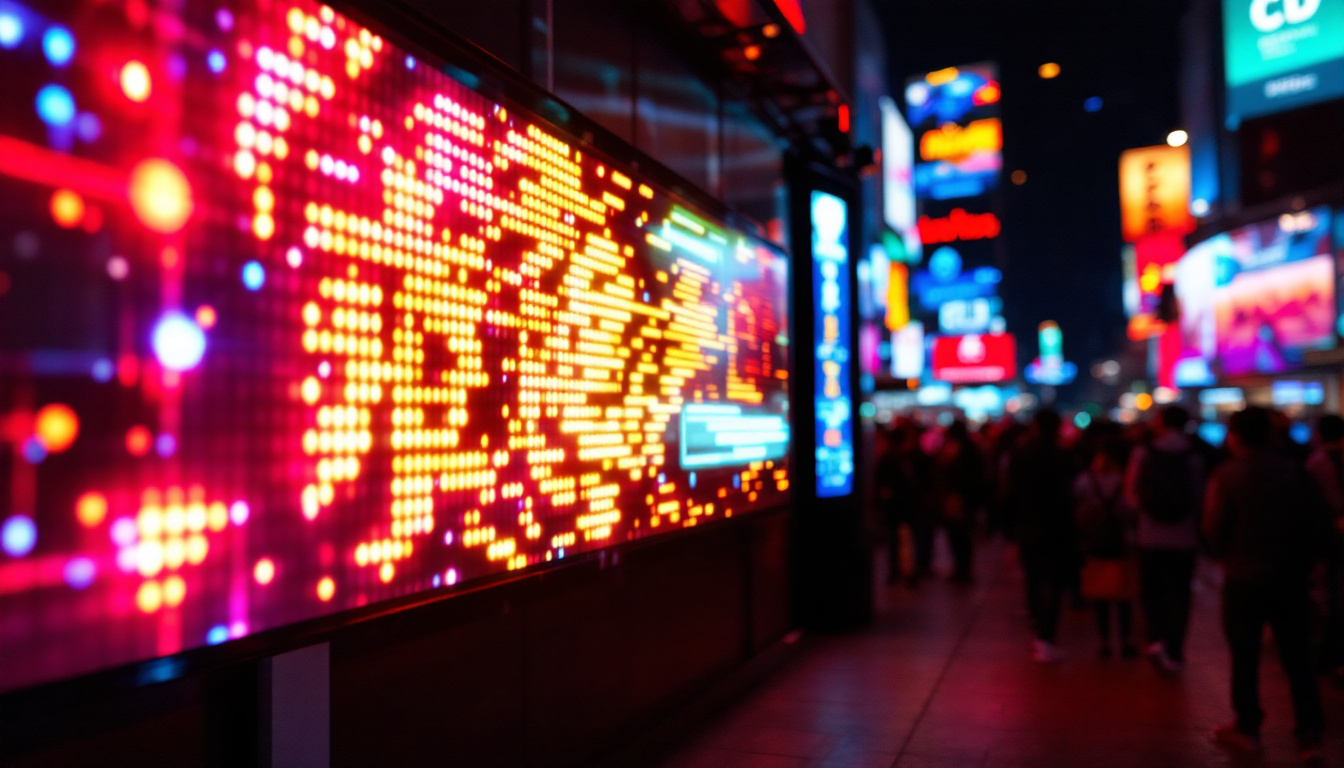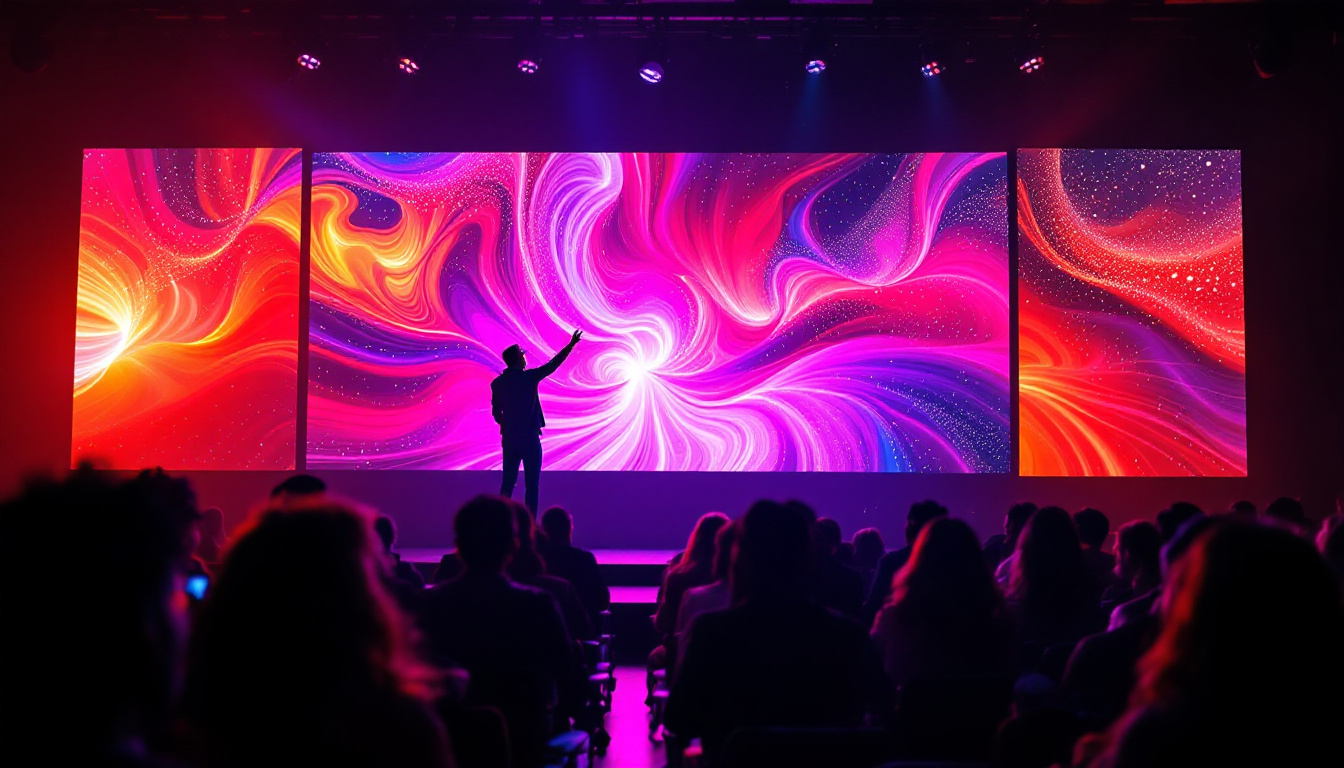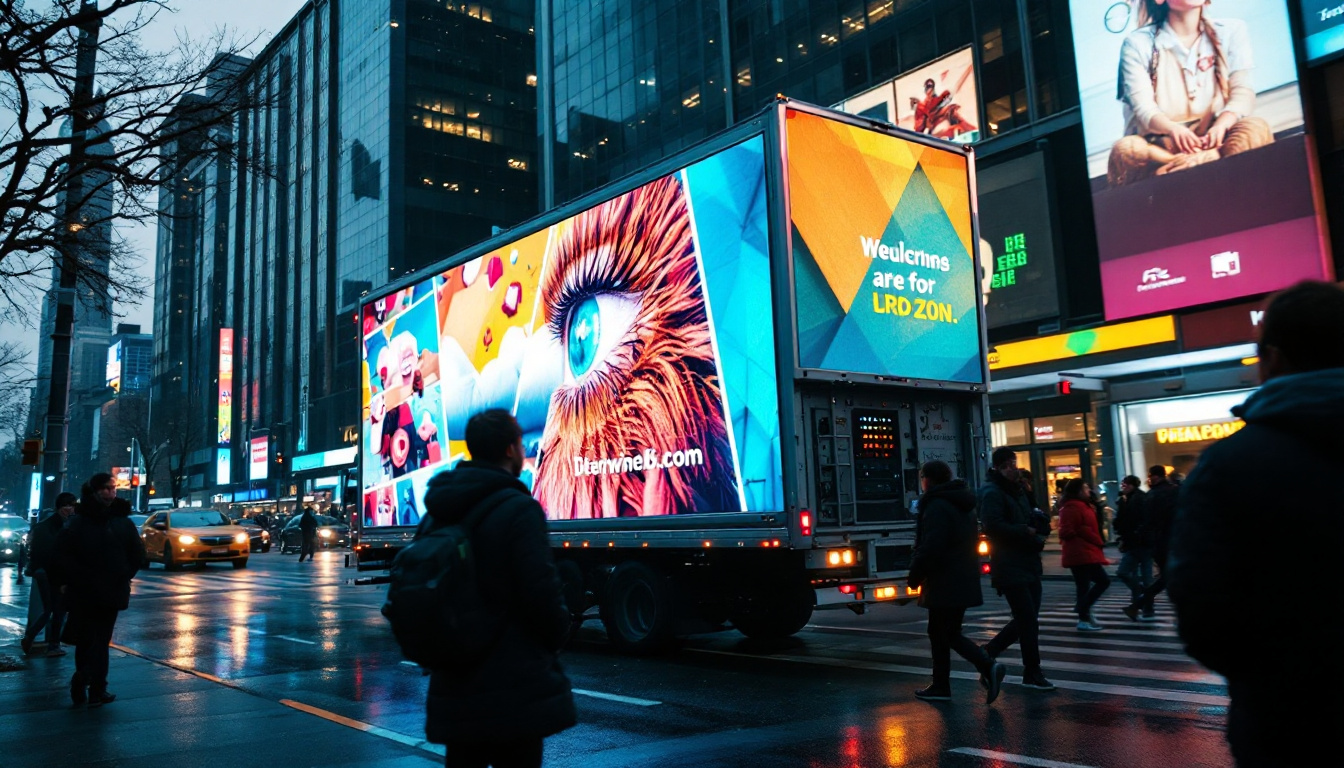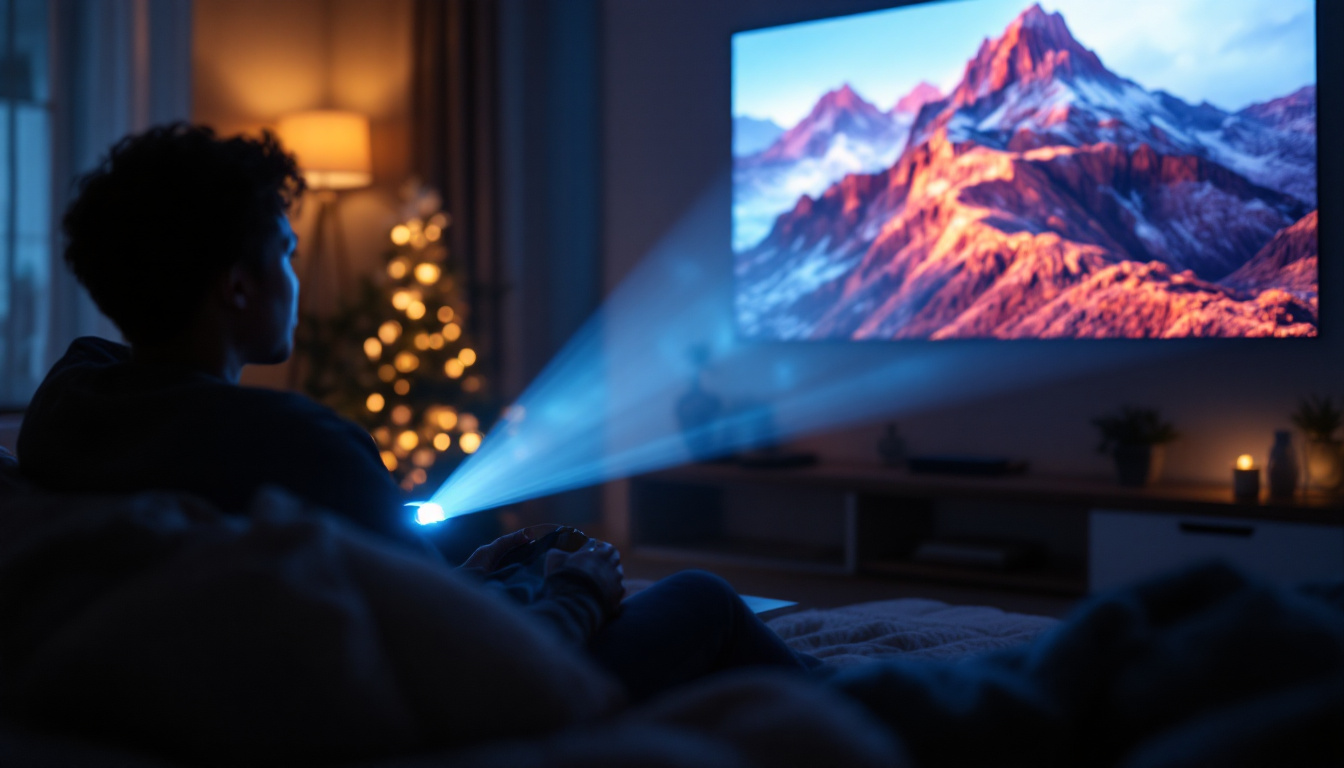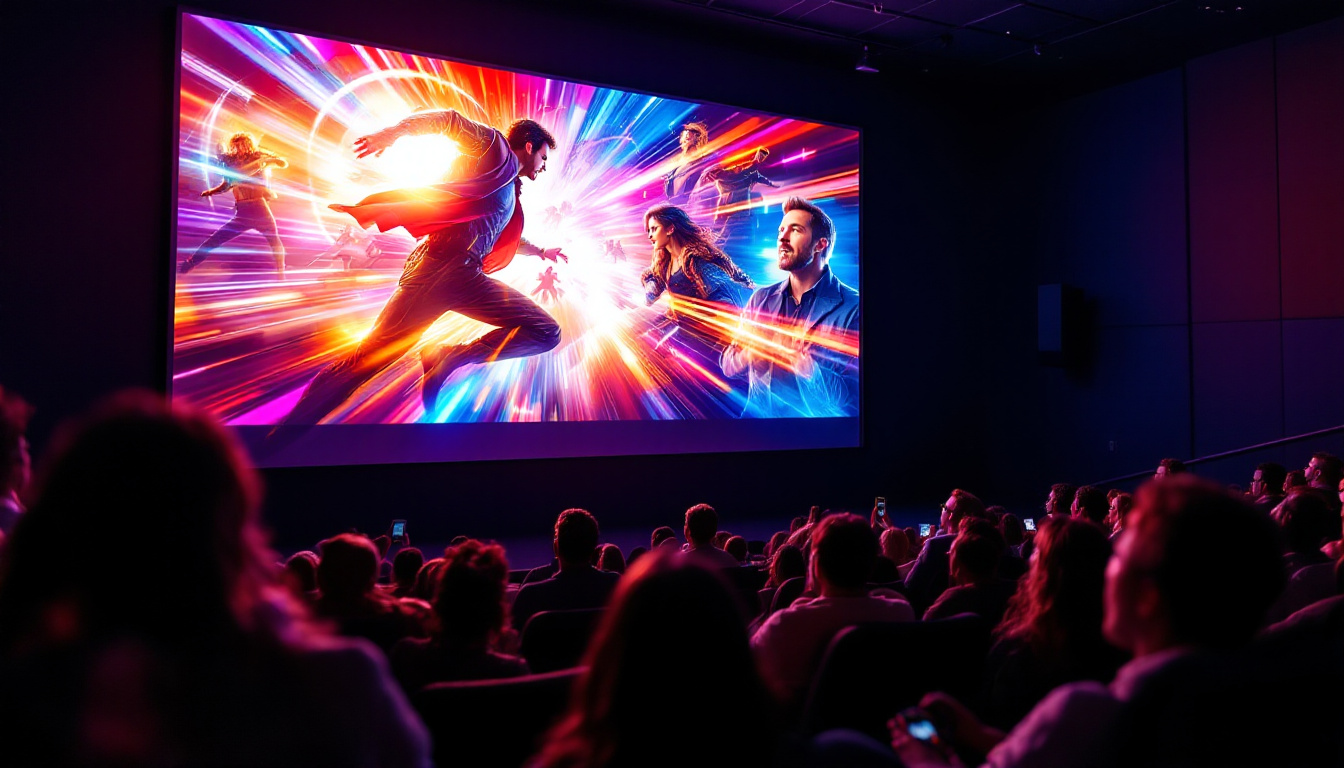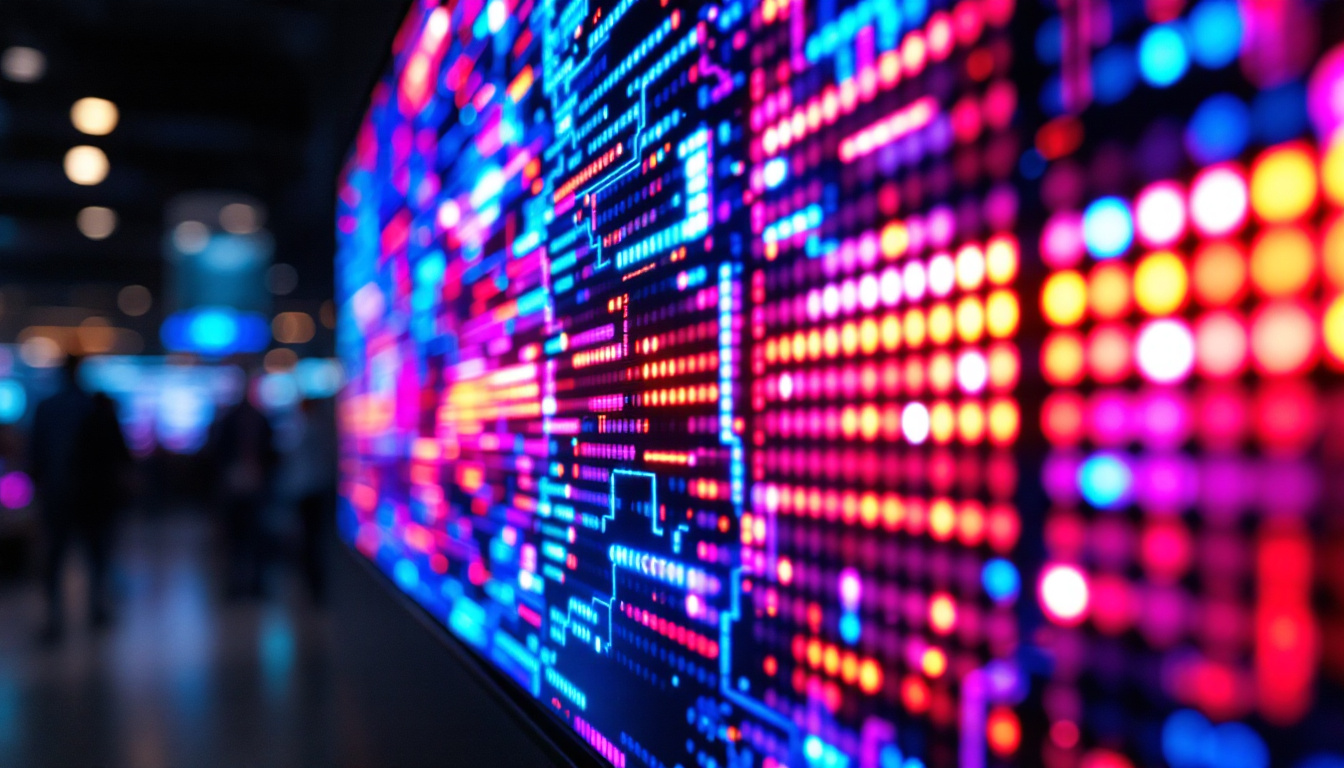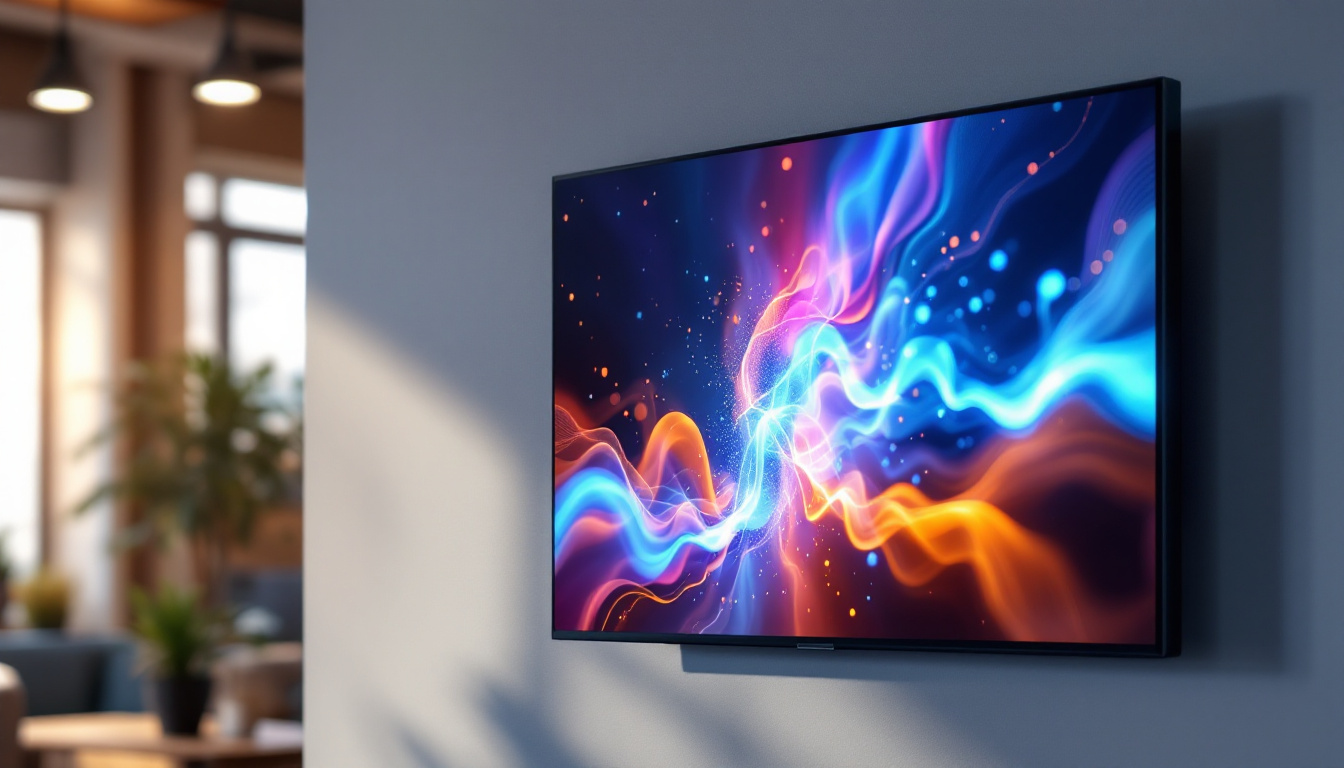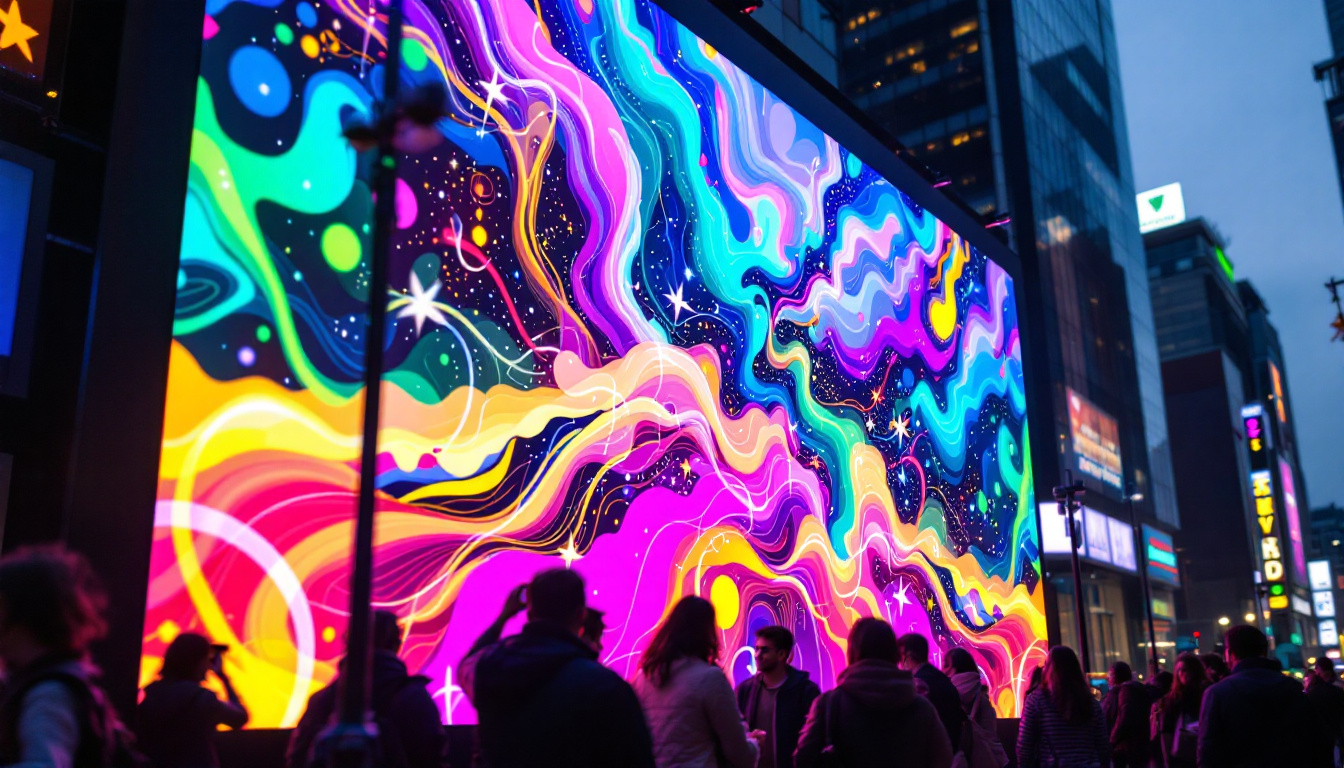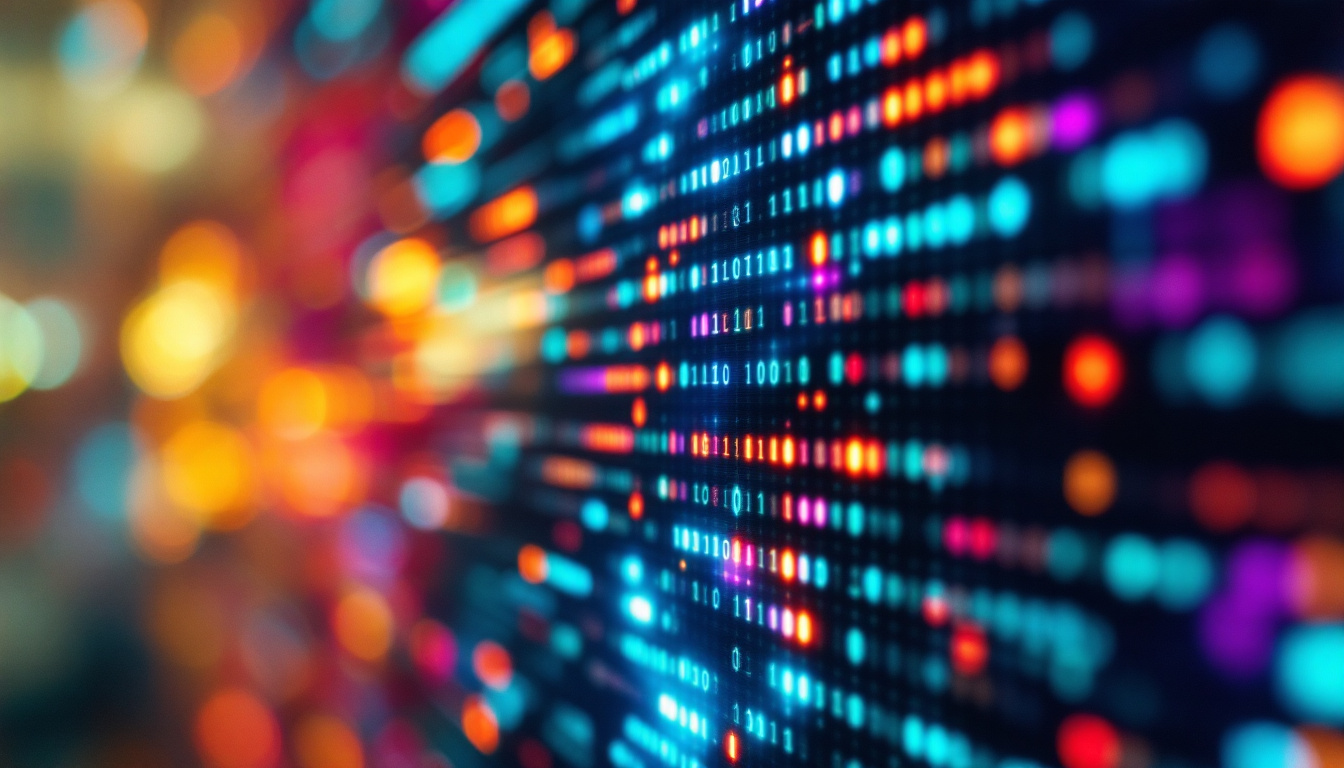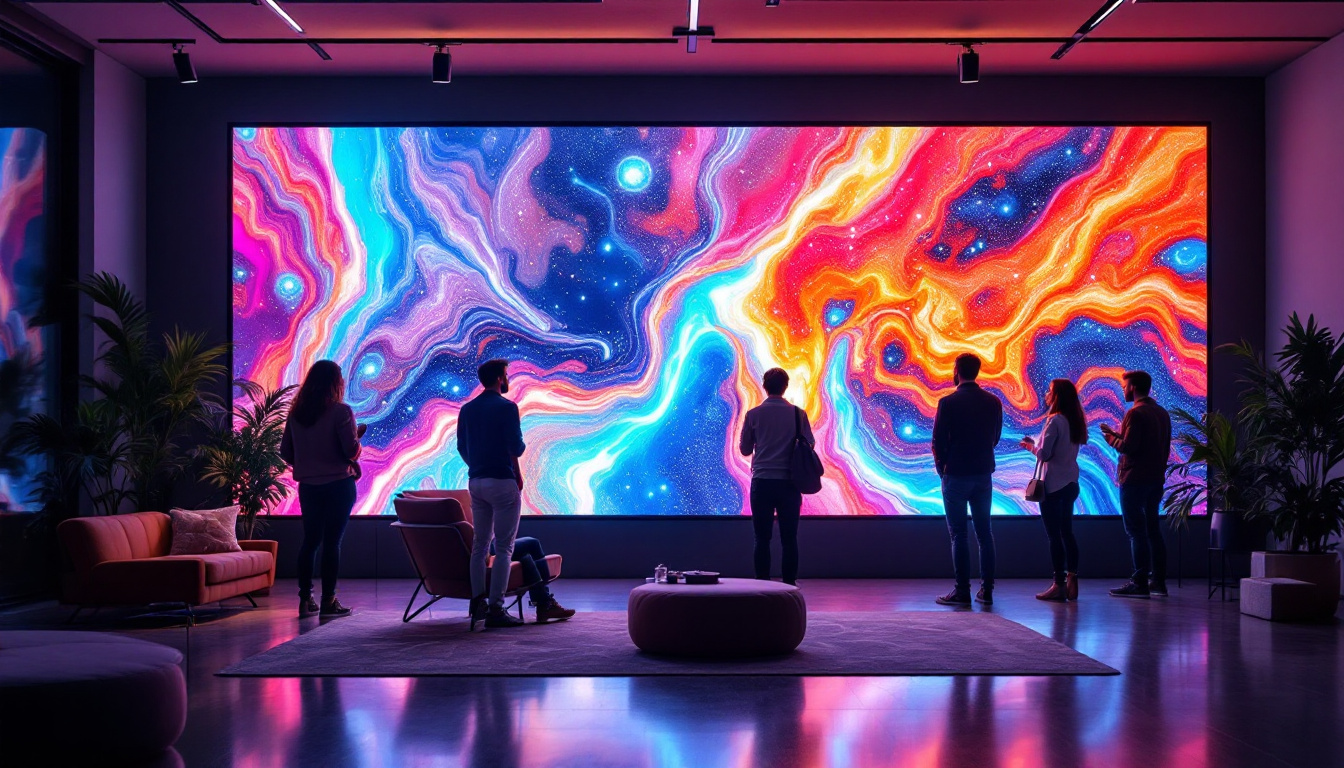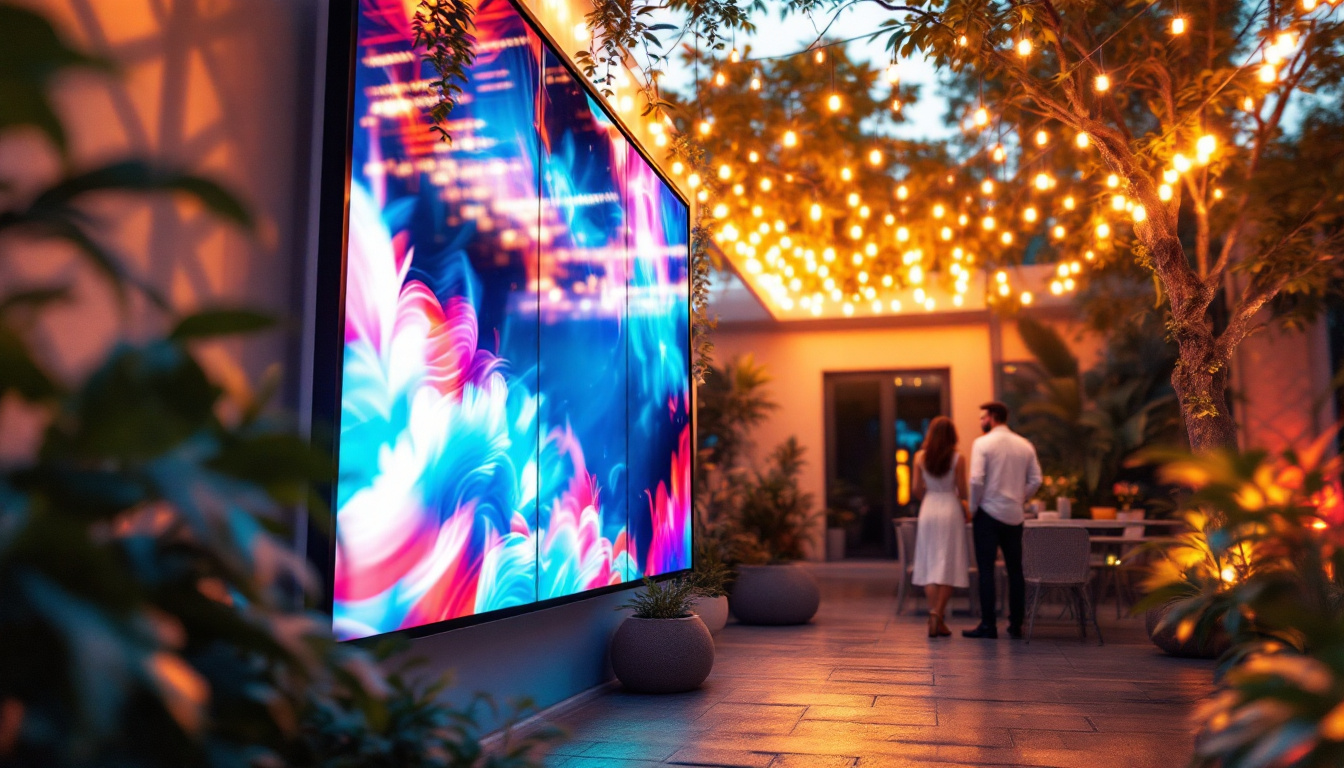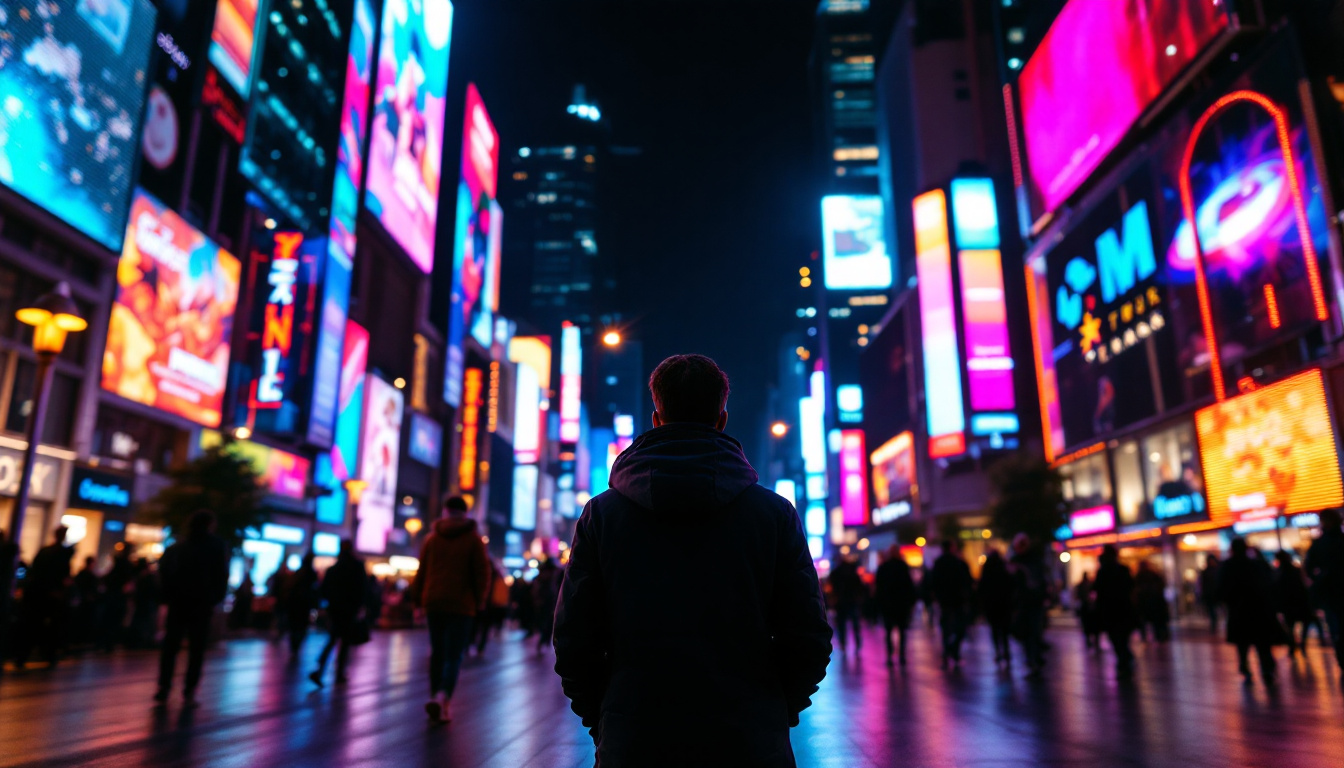Pro AV Systems: LED Display Explained
In the realm of professional audio-visual systems, LED displays have emerged as a pivotal technology, transforming how information is presented and consumed. From large-scale outdoor billboards to intricate indoor installations, LED displays offer versatility, vibrancy, and reliability. This article delves into the intricacies of LED displays, exploring their components, advantages, applications, and future trends.
Understanding LED Technology
LED, or Light Emitting Diode, is a semiconductor device that emits light when an electric current passes through it. This technology has evolved significantly over the years, becoming a cornerstone of modern display systems. Initially, LEDs were used primarily for indicator lights and simple displays, but advancements in technology have broadened their applications to include everything from televisions to large-scale advertising screens. The efficiency and longevity of LED technology have made it a preferred choice in various industries, contributing to energy savings and reduced environmental impact.
How LED Displays Work
At the core of an LED display are tiny diodes that emit light. These diodes are grouped into pixels, with each pixel typically consisting of red, green, and blue (RGB) sub-pixels. By adjusting the intensity of each color, a wide spectrum of colors can be produced, allowing for vibrant and dynamic visuals. The precision with which these colors can be manipulated enables LED displays to achieve high levels of brightness and contrast, making them suitable for both indoor and outdoor environments.
LED displays can be categorized into two main types: direct view and backlit. Direct view LED displays use individual diodes to create images directly, while backlit displays use LEDs to illuminate a liquid crystal display (LCD) panel from behind. The direct view technology is more prevalent in large-scale applications due to its superior brightness and contrast. Additionally, the modular nature of direct view LED displays allows for seamless integration into various shapes and sizes, making them versatile for creative installations.
Types of LED Displays
LED displays come in various forms, each suited for specific applications. Common types include:
- Indoor LED Displays: These are designed for use in controlled environments such as theaters, conference rooms, and retail spaces. They typically have a higher pixel density, resulting in clearer images at closer viewing distances. Many indoor displays also incorporate advanced technologies such as high dynamic range (HDR) to enhance color accuracy and depth.
- Outdoor LED Displays: Built to withstand harsh weather conditions, outdoor displays are brighter and more robust. They are commonly used for advertising billboards, sports arenas, and public information displays. The protective coatings and rugged designs of these displays ensure they remain functional and visually appealing, even in extreme temperatures or heavy rainfall.
- Transparent LED Displays: These innovative displays allow light to pass through, making them ideal for storefronts and exhibitions where visibility is crucial. By blending digital content with the surrounding environment, transparent LED displays create an engaging experience for viewers, allowing brands to showcase products without obstructing sightlines.
Another emerging type of LED display is the flexible LED screen, which can be bent and shaped to fit unconventional spaces. This adaptability opens up new possibilities for creative advertising and artistic installations, allowing designers to think outside the traditional rectangular display format. Furthermore, advancements in microLED technology are paving the way for even smaller, more efficient displays that promise greater resolution and lower power consumption, setting the stage for the next generation of visual technology.
Advantages of LED Displays
LED displays offer numerous advantages over traditional display technologies, making them a preferred choice for many applications.
High Brightness and Contrast
One of the standout features of LED displays is their exceptional brightness. This makes them suitable for both indoor and outdoor use, even in direct sunlight. The high contrast ratio ensures that images are sharp and vibrant, enhancing the overall viewing experience. This capability is particularly beneficial for advertising and signage, where visibility is crucial. For instance, LED billboards can capture the attention of passersby even in the brightest conditions, ensuring that messages are delivered effectively and efficiently.
Energy Efficiency
LED technology is known for its energy efficiency. Compared to traditional incandescent bulbs or even LCDs, LED displays consume significantly less power. This not only reduces operational costs but also contributes to a lower carbon footprint, making them an environmentally friendly option. Moreover, many LED displays come with smart technology that allows for adaptive brightness settings, further optimizing energy usage based on ambient light conditions. This feature not only saves electricity but also extends the lifespan of the display, making it a wise investment for businesses looking to reduce their energy expenses.
Longevity and Durability
LED displays have a long lifespan, often exceeding 100,000 hours of operation. This durability is particularly advantageous for outdoor applications, where displays are exposed to the elements. Additionally, LED technology is resistant to shock and vibration, further enhancing its reliability. The robust nature of LED displays means that they require less frequent replacement, which can lead to significant cost savings over time. Furthermore, many manufacturers offer warranties that reflect the confidence in their products’ longevity, providing peace of mind for users and businesses alike. This reliability is essential in high-traffic areas, where consistent performance is necessary to maintain visibility and engagement with the audience.
Applications of LED Displays
The versatility of LED displays allows them to be utilized in a wide range of applications across various industries.
Advertising and Marketing
One of the most prominent uses of LED displays is in advertising. Billboards and digital signage have become ubiquitous in urban environments, capturing the attention of passersby with dynamic content. The ability to change advertisements in real-time allows businesses to tailor their messaging based on audience and time of day. Furthermore, the high resolution and vibrant colors of LED displays make them particularly effective for brand promotion, as they can create visually striking images that resonate with viewers. Companies can also incorporate interactive elements, such as QR codes or touch screens, further engaging consumers and driving traffic to their products or services.
Events and Entertainment
In the entertainment industry, LED displays play a crucial role in enhancing live events. Concerts, festivals, and sports events often feature large LED screens that display visuals, information, and live feeds, creating an immersive experience for attendees. The flexibility of LED technology allows for creative and engaging presentations that elevate the overall atmosphere. Additionally, LED displays can be configured in various shapes and sizes, enabling innovative stage designs that captivate audiences. This adaptability not only enhances the visual appeal but also allows event organizers to convey messages in a more impactful way, whether through stunning graphics or real-time social media feeds that encourage audience participation.
Corporate and Educational Settings
In corporate environments, LED displays are increasingly used for presentations, meetings, and training sessions. Their clarity and brightness ensure that content is easily visible to all participants, regardless of the room’s lighting conditions. Similarly, educational institutions utilize LED displays for lectures and interactive learning, fostering a more engaging educational experience. Beyond traditional uses, LED displays can also facilitate collaborative work environments by integrating with video conferencing tools, allowing remote participants to engage seamlessly with on-site teams. This technology not only enhances communication but also supports a more dynamic learning atmosphere, where students can interact with multimedia content, participate in virtual simulations, and access a wealth of information in real-time, ultimately enriching their educational journey.
Installation and Maintenance Considerations
While LED displays offer many advantages, proper installation and maintenance are crucial to ensure optimal performance and longevity.
Installation Best Practices
Installing an LED display requires careful planning and consideration. Factors such as location, viewing distance, and ambient light conditions must be evaluated to determine the appropriate type and size of the display. Professional installation is recommended to ensure that the display is securely mounted and configured correctly.
Regular Maintenance
To keep LED displays functioning at their best, regular maintenance is essential. This includes cleaning the display surface, checking connections, and performing software updates. Many manufacturers offer maintenance contracts that provide ongoing support and service, ensuring that the display remains in optimal condition.
Future Trends in LED Display Technology
The LED display industry is continually evolving, with advancements in technology and design paving the way for new possibilities.
MicroLED Technology
MicroLED is an emerging technology that promises to revolutionize the display landscape. Unlike traditional LED displays, which use larger diodes, MicroLED utilizes tiny individual LEDs that can be placed closer together. This results in higher pixel densities, improved image quality, and the potential for flexible and curved displays.
Integration with Smart Technology
As the Internet of Things (IoT) continues to expand, LED displays are increasingly being integrated with smart technology. This allows for real-time data display, remote monitoring, and interactive features. For example, digital signage can be updated remotely based on audience analytics, ensuring that the content remains relevant and engaging.
Advancements in Resolution
With the demand for higher resolution displays growing, manufacturers are focusing on developing displays with increased pixel density. 4K and 8K resolutions are becoming more common, providing stunning clarity and detail. This trend is particularly significant for applications such as broadcasting, where image quality is paramount.
Conclusion
LED displays have transformed the way information is conveyed, offering unparalleled brightness, energy efficiency, and versatility. From advertising to entertainment and education, their applications are vast and varied. As technology continues to advance, the future of LED displays looks promising, with innovations such as MicroLED and smart technology integration paving the way for even more dynamic and engaging experiences.
Understanding the intricacies of LED displays is essential for businesses and organizations looking to leverage this technology effectively. With proper installation and maintenance, LED displays can provide significant benefits, enhancing visibility, engagement, and overall impact.
As the demand for high-quality visual communication continues to grow, LED displays will undoubtedly play a central role in shaping the future of professional audio-visual systems.
Explore Cutting-Edge LED Display Solutions with LumenMatrix
Ready to elevate your visual communication with the latest in LED display technology? LumenMatrix is at the forefront of innovation, offering a comprehensive range of LED display solutions tailored to meet your needs. From captivating Indoor LED Wall Displays to dynamic Outdoor LED Wall Displays, and from versatile Vehicle LED Displays to engaging LED Sports Displays, our products are designed to make your brand shine. Discover how our Custom LED Displays, All-in-One LED Displays, and LED Transparent Displays can transform your space and create unforgettable experiences. Don’t miss the opportunity to enhance your engagement and captivate your audience. Check out LumenMatrix LED Display Solutions today and step into the future of visual storytelling.

